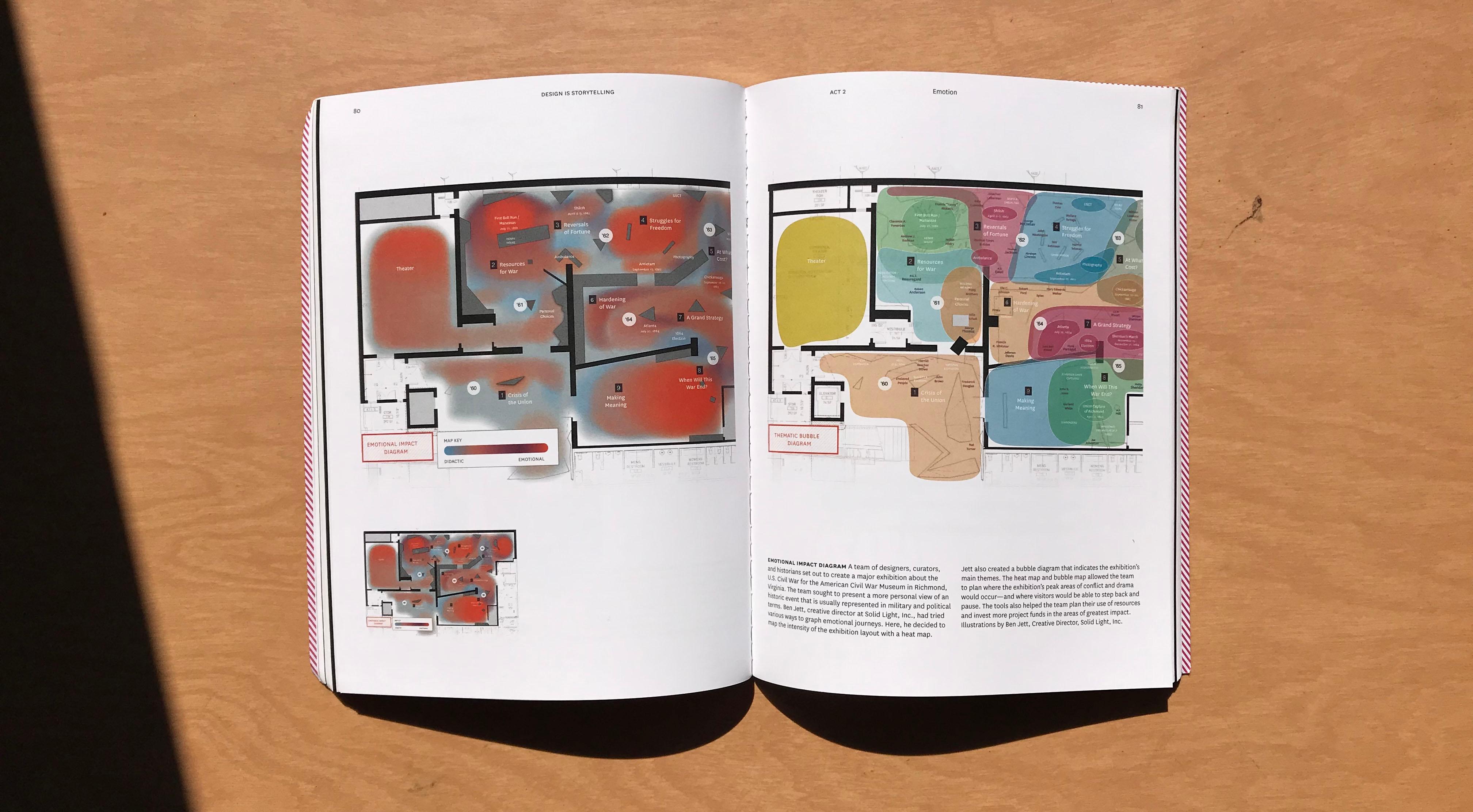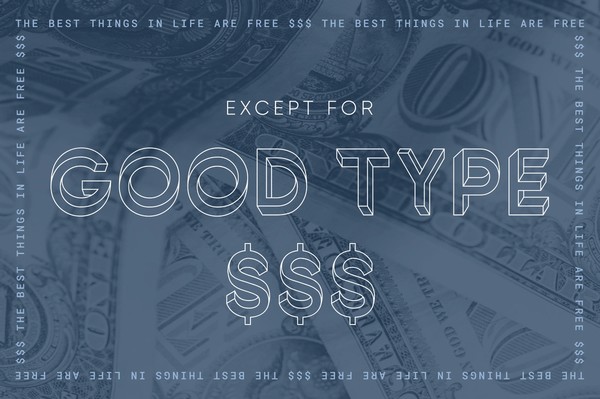Design Is Storytelling: My Drive for Design
By:
Ann Wood
on 10/8/2019
During the 2017 AIGA Louisville Design Week, renowned designer, author, and curator Ellen Lupton gave a keynote that, not to be dramatic, changed my design life. Having heard about her since my time in design school, I was thrilled by the opportunity to attend. Ellen gave her keynote on designing for the senses, and a couple of times she referenced one of her books Design is Storytelling. Since then I’ve read the book twice, and it’s radically changed how I approach design. It’s helped me objectively see how and why design can be so impactful, and why it means so much to me.
“Designers today produce more than logos and cereal boxes; they create situations that stimulate the mind and body over time.”
- Ellen Lupton
In Design is Storytelling, Ellen draws parallels between, you guessed it, design and storytelling. The book is separated into 3 sections: ‘Action’, ‘Emotion’, and ‘Sensation’. She discusses tools that cross both the writing and design world, like narrative arcs, storyboards, personas, and more. She then goes into detail about how we experience design and how it can and should be a sensory experience. She claims that by keeping this in mind and by using these tools to extract brand attributes, we as designers can create brand stories, better communicating with people.
Storytelling is a real thing
Storytelling may sound arbitrary and fluffy, but when you think about it in context, it makes sense. It’s connected humans for thousands of years, before text was ever written down. It’s how tales were passed down, how we learned from each other, how we made social connections. It’s basically hard-wired into us. If we can extract brand stories and bring them to life, we can then use design to better tell those stories.
While ‘things’ like a logo or billboard may be static, the way we experience them is not. You eye coffee packaging while you impatiently wait for your morning cup, stare at a billboard while stuck in traffic, or nervously look over a menu on a first date. Design never sits still, just like a story. By weaving these stories together to fluctuate over time and space, we can create experiences that really move people.
Love this journey for us

One of my favorite parts of the book was the discussion of emotional journeys. Think about the last time you went to a museum exhibit. Before you ever stepped foot into the exhibit, the experience of going was already working on you. You were exposed to it somehowâmaybe through an email or from a conversation with a friend. It somehow sparked your interest, and you had a rough idea of what it was going to entail. Then when you entered the exhibit, different signage, sounds, and maybe even smells guided you through the space. There may have been sad parts of the exhibit, there may have been funny moments. These highs and lows worked together to make an experience for you, and you walked away with a perception of it. Ellen specifically mentions the Louisville experience design agency Solid Light, and how they used emotional journeys to map out an exhibit on the Civil War. They used a heat map to indicate emotional highs and lows, which gave them insight into how and where design should be placed. This helped them create a more meaningful, personal experience for visitors.
Ask the author
Part of this journey of reading Design is Storytelling for me involved emailing Ellen and asking her questions about the book. She is a museum curator at the Cooper-Hewitt Smithsonian Design Museum, and she gave some insight into how she brings brand attributes to life through different media. When I asked about how she does this, she responded, “As a museum curator, creating exhibitions is a primary opportunity to work with different designers to create a total experience. Architecture, graphics, lighting, and the storytelling component of the exhibition content create a potential experience for visitors.” She then uses design tools like color and typography in her designs to visually tell a story.
Part of designing stories is being empathetic to the people at the end of your design. I asked Ellen about how we can make sure we’re considering these people in our work, and she gave some great advice: “Sometimes, just imagining yourself as the user is a big help. For example, when I am writing a book and creating the layout, I ask myself, “Why would someone want to read this? What will they get out of it? Will it make sense to a younger reader or a reader outside the U.S.?” Shifting your perspective will help tremendously in creating accessible, intuitive design.
In conclusion, design is the real deal
Now, when people ask me about my job, I get to go on a whole rant about why I love design and why I know it’s important. Design is Storytelling has given me a way to objectively talk about the value of design and the impact it can have. Now go off and live your own story!
Related Posts
The best things in life are free… Except for good type.
By: Mitch Wiesen on 5/17/2021
Why you should budget for typefaces in your next creative project.
Read More »How to Make Your New Photos Look Vintage
By: Mitch Wiesen on 9/1/2020
I’ve always been drawn to the warm, friendly way film captures reality. I found my first analog camera, a Canon AE-1, sitting on a blanket at a flea market at age 14, and I was enamored.
Read More »
